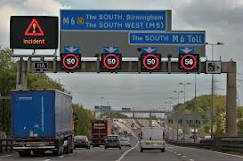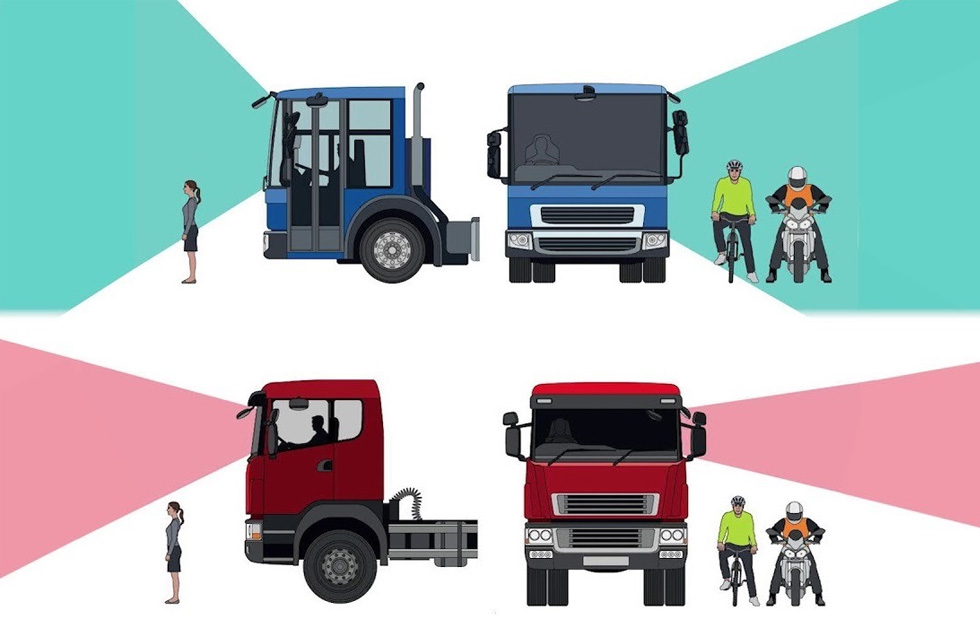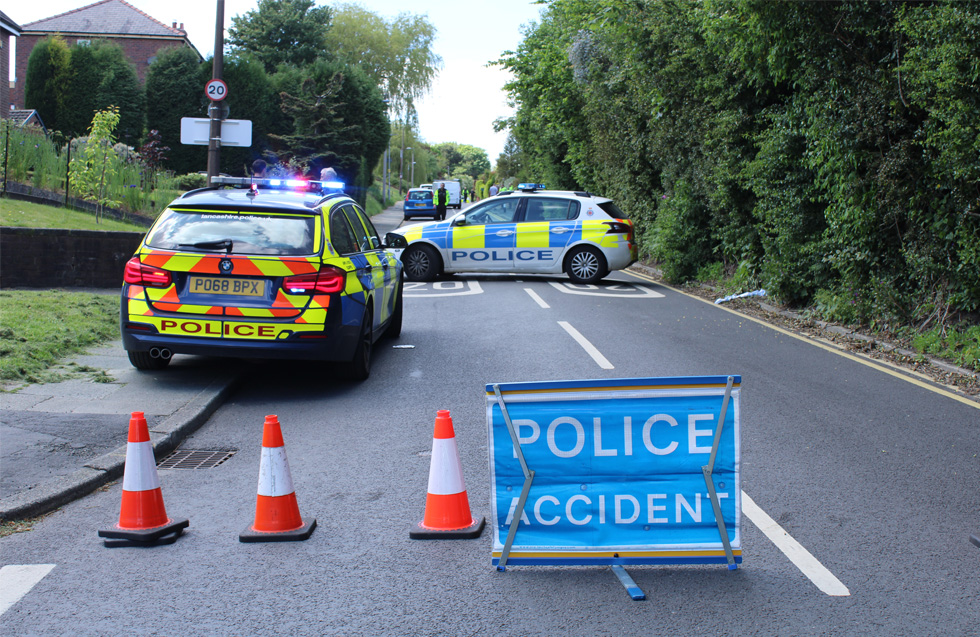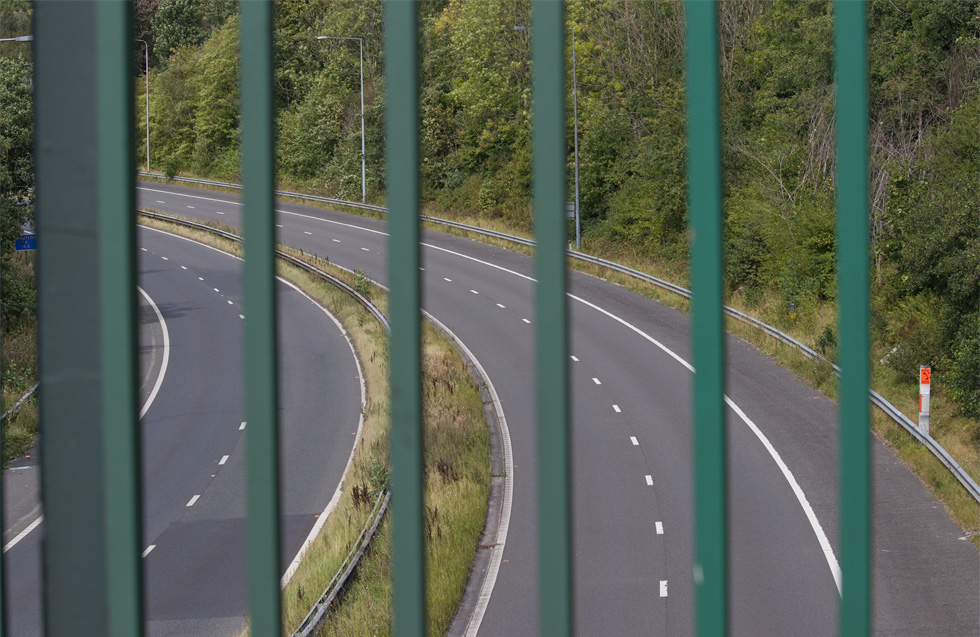When Grant Shapps launched the smart motorway stocktake he said: ‘I want all the facts and I want recommendations that could be put in place to ensure that all our motorways are as safe as they possibly can be.'
A perfect benchmark, but one Mr Shapps himself seems to relinquish immediately in the stocktake report. In his introduction, he writes: ‘You may be asking, as I asked: how can a motorway without a hard shoulder have a lower fatal casualty rate than one with a hard shoulder? The answer is that while some risks on these roads are greater, others are less.
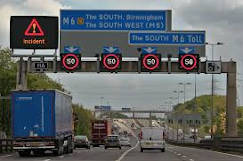
‘The risk of a collision between a moving vehicle and a stationary vehicle is higher on non hard-shoulder motorways. But the risk of a collision between two or more moving vehicles is lower. Because when the hard shoulder is removed, technology is installed to smooth traffic flow with variable speed limits, enforced by cameras. Messages warning motorists of incidents ahead are displayed on electronic signs. This means less speeding, less tailgating and fewer rapid changes of speed.'
So technology and other elements are there to mitigate the increased risk of losing a hard shoulder – in short, the system is not the safest it could possibly be.
The report clarifies, as Transport Network has bemoaned before, that there are actually three types of smart motorways. Previously and even in this report, their safety benefits are sometimes lumped together, creating a misrepresentation.
A controlled motorway has new technology to add variable and mandatory speed limits to a conventional motorway and overhead electronic signs display messages to drivers. However, it retains the hard shoulder. A dynamic hard shoulder (DHS) running motorway deploys the same technology but the hard shoulder is only active some of the time. This type of motorway has been abolished now by the Department for Transport (DfT) as it is ‘too confusing'.
The ALR of the matter
That leaves us with the all lane running (ALR) smart motorway, where technology is deployed and the hard shoulder is removed. This is therefore where any safety analysis must focus.
The evidence review by DfT, and the Smart Motorway All Lane Running Overarching Safety Report, released by Highways England, argue the concerns over losing the hard shoulder are offset by the safety benefits of the technology. It found that across the nine all lane running schemes evaluated, the KSI collision rate ‘has increased from 1.03 to 1.18 collisions per hundred million vehicle miles (hmvm), an increase of 0.15 per hmvm which is in line with the national background trend in the same period'.
The DfT claims the ‘most informative performance metric' is the Fatal and Weighted Injuries (FWI) measure, which counts all fatal injuries, then adds serious injuries with a 10% weighting and slight injuries with a 1% weighting.
Overall, there has been an absolute improvement of 0.10 FWI per hmvm for ALR schemes. The reduction is 0.09 per hmvm better than the national motorway trend.
‘In summary, the results show that the overall performance of the ALR schemes evaluated has improved. Against a background of increasing flows, the safety objective has been met which is no increase in number or rate of FWI casualties.'
So is this the end of it? Not quite. Comparisons between one section of road and the wider network are not the best measurements. As smart motorways are on the busiest routes, they are likely to have the slowest traffic and so arguably these sections of the network would have safety levels over and above the national trend anyway.
Before and after?
The DfT itself admits that given the number of factors involved ‘to more reliably consider the relative safety of converting a specific section of motorway from one type to another, it is necessary to look at how risks have changed and at the findings of the before and after studies'.
Highways England's report provides an overarching ‘before and after' assessment of the first nine ALR schemes, including a counterfactual scenario.
This report found: ‘There has been a 28% reduction in the all casualty rate from 16.8 per hmvm to 12.1 per hmvm when simply comparing the ‘Before' and ‘After' period.
‘The counterfactual scenario indicates that a 12% reduction in the casualty rate from 16.8 per hmvm to 14.7 per hmvm might otherwise have been expected.
‘Overall, there has been a statistically significant reduction of 18% in the all casualty rate from 14.7 per hmvm to 12.1 per hmvm when compared to what might otherwise have been expected.
'The fatal and serious casualty rate across the nine schemes has increased by 14% from 1.19 per hmvm to 1.35 per hmvm when simply comparing the "Before" and "After" period, this is in line with what might otherwise have been expected (a 12% increase from 1.19 per hmvm to 1.32 per hmvm).'
A different story
However it also finds that: ‘Overall, there has been an increase (2%) in the fatal and serious casualty rate from 1.32 per hmvm to 1.35 per hmvm when compared to what might otherwise have been expected (though this is within the statistical margin of error).
'Of the nine schemes evaluated, three showed a reduction, while six showed an increase. However, these changes were either within the statistical margin of error when accounting for the background trends in casualty rate, or the sample sizes were too small for statistical analyses to be carried out.'
While the DfT's stocktake states the increase in fatal and serious injury rates was ‘within the margin of error' it accepts that six out of the nine schemes show an increase, which in itself seems significant.
Breaking this down by the hundred million vehicle miles (hmvm) travelled, the stocktake paints a different story. It found that fatal casualty rates on ALR (0.11 per hmvm) are lower than on conventional motorways (0.16 per hmvm). Slight casualty rates on ALR roads are higher (11 per hmvm) compared to conventional motorways (10 per hmvm), and serious casualty rates on ALR (1.3 per hmvm) are also higher than conventional motorways (1.1 per hmvm).
Another key point is that the main concern about ALR is the fear of breaking down on a live lane and having to wait an average of 17 minutes to receive help. The stocktake reveals that in ALR schemes 40% breakdowns occur in a live lane compared to 20% in conventional motorways.
The before and after research on this presents perhaps the most worrying facts of all: ‘Looking at the first nine ALR schemes before and after their introduction, total live lane collisions have increased from an average of 3 per year before the ALR was introduced to an average of 19 per year after the motorway had been converted to ALR.
‘This is broken down into: 2.3 slight, 0.3 serious and zero fatal live lane collisions on average before; and 9.1 slight, 7 serious and 2.8 fatal live lane collisions on average afterwards. This confirms the expectation in the risk modelling that there would be increased risks associated with vehicles stopping in a live lane.'
While these numbers are admittedly small in themselves they show an enormous increase in risk with fatal consequences. This is based on a single risk factor but an essential one to the design, and to go from three collisions a year to 19 and from no fatalities to 2.8 on just the nine ALR stretches must be considered significant.
When looking at England's strategic road network (SRN) motorway casualties compared to road traffic proportion (2015-2018), the DfT unhelpfully lumps DHS and ALR together. However this measure found that DHS and LNR schemes presented another worrying risk.
Taken together the ALR and DHS schemes present a higher percentage of total casualties than the percentage of the traffic on the motorway network, in every single year of the study. In 2015 they represented 10.4% of total casualties on SRN motorways and carried 7.6% of the traffic, while in 2016 it was 11.7% of casualties and 9.6% of traffic. In 2017 it was 13.7% for 11.7% of the traffic and in 2018 it was 14.8% for 13.8% of the traffic.
So the casualties were greater than the percentage of traffic, live lane breakdowns increased as a proportion of breakdowns, and where they did, fatalities increased from zero, and the killed and serious injury casualties increased in six of the nine ALR schemes.
The report also doesn't address the alarming rise in near-miss incidents that were found after the change to ALR on sections of the M25.
One way to settle the argument is an engineering survey of the inherent safety of ALR routes.
The UK is actually a world leader in analysing the inherent safety of a road design through the iRAP methodology. However, the Road Safety Foundation is still developing the model to ensure it is tailored appropriately for smart motorways and so declined to comment on the entire smart motorway issue.?

